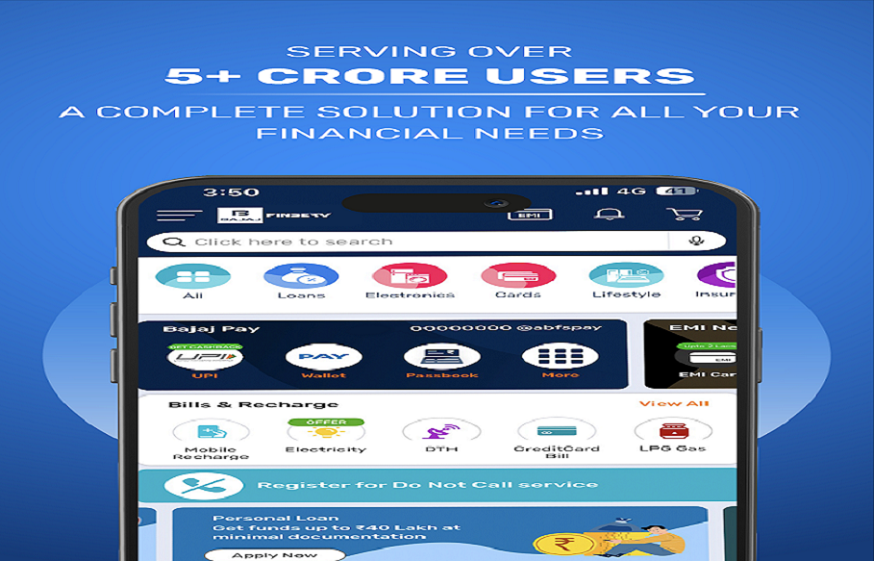
Ever had an unpleasant call experience where you heard a crackling noise that made understanding what was said difficult? If yes, Then you understand how poor call quality feels: when your counterpart cannot hear you on the line then you are at a disadvantage. When this occurs it makes for poor call quality and everyone involved needs help as quickly as possible.
A Voice call API free India or Voice Application Programming Interface, is a set of software tools and protocols that allow developers to integrate voice-related functionality into their applications, services, or devices. Voice APIs enable communication between software applications and voice-enabled technologies like voice assistants, speech recognition systems, and telephony services.
Some common use cases for Voice APIs include:
- Voice Commands: Developers can use Voice APIs to create applications that respond to voice commands, allowing users to interact with devices or services using their voice.
- Speech Recognition: Voice APIs can be used to convert spoken language into text, making it possible to transcribe voice recordings, enable voice search, or build voice-controlled interfaces.
- Text-to-Speech (TTS): Voice APIs also allow text-to-speech conversion, enabling applications to generate spoken audio from text input. This is commonly used in voice assistants and accessibility features.
- Telephony Integration: Voice APIs are often used to integrate voice calling and messaging capabilities into applications, such as call center automation or two-factor authentication via phone calls.
- Voice Analytics: Some Voice APIs provide analytics and insights into voice interactions, helping organizations understand user behavior and improve their voice applications.
These APIs are provided by various companies and platforms, including cloud providers like Google Cloud, Amazon Web Services (AWS), Microsoft Azure, and specialized voice technology companies. Developers can leverage Voice APIs to create voice-enabled experiences across a wide range of applications and industries.
Enhance Your Customer Experience with Voice
Customers find voice quality issues extremely bothersome, since if they cannot engage in meaningful dialogue using one of the natural and intuitive channels available to them they won’t perceive your customer support team as helpful or responsive. They indeed might even wonder whether your organization values customer experience enough to invest in its success – possibly leading them away with perceptions that would impact both business growth and referrals from current and potential new clients alike.
Organizations cannot allow poor quality to compromise customer experiences. According to research, customer loyalty may soon reach its breaking point: 52 percent of survey respondents say they are very likely to stop buying from or using services provided by businesses if they experience repeated frustrating communications (or attempts thereof) when trying to connect with them; 46 percent will do the same when faced with dead ends in communication between service provider and client.
Voice call API free India offers organizations a solution to call quality concerns related to mobile, landline and VoIP calls. By having access to carrier-grade networks with global connections that enable direct peering connections for all major carriers in the US and beyond, an API voice call can deliver on customer expectations in terms of voice quality. Engaging an API voice call from a dependable partner with direct peering connections further enhances quality.
Voice APIs deliver consistent quality-of-service benefits at scale — even during peak periods and as your business expands. Their consistent performance enhancement allows your organization to improve contact center quality for customers calling you, guaranteeing they never experience patchy or unreliable connections when calling you; as such, customer service teams can focus on meeting each individual customer need as opposed to being distracted from serving those needs by poor connection quality or unreliability issues.
Voice APIs require minimal coding to quickly integrate them into applications, websites and digital presences of organizations – saving them from having to build them from scratch or wait on expensive circuit installations. They’re flexible enough for use alongside telephony systems if required – plus since you only pay for what is used, voice APIs represent an economical means of offering advanced calling features as part of their customer experiences.
Bulk Voice API for developers open the door for innovation that traditional voice calling never could — such as sharing contextual data that personalizes customer experiences and makes conversations more natural – something Zendesk’s latest report shows over 90% of business leaders and managers agree their organizations must do in order to remain successful.
Features Of Voice API For Developers
1. Audio Conferencing
Audio conferencing can be embedded using the voice API into your applications. To connect people and teams globally, the API enables your application, with a highly configurable action.
For instance, you can identify the hosts that control the global conference performance, when participants join and leave play sounds too, define a length of time after that the conference automatically ends, hold and uphold participants, mute or unmute, and much more.
2. Media Streaming
To deliver calls while simultaneously, media streaming will enable your application by duplicating call media to various recipients. The Mirrorfly voice API takes the call media and forks it, the moment the call is established. Call media can be delivered, analysed, duplicated and returned in real-time. And the second recipient will never occupy the call stream, thus you don’t have to worry about tainted quality or dropped networks. You can build next-gen features into your application using media streaming, like conversational AI, sentiment analysis, call transcriptions, fraud detection and voice biometrics.
3. Text-To-Speech
TTS or Text-to-speech is a form of speech combination that alters text into speech output. Firstly, it’s a feature of accessibility for customers with infirmities that marks automated customer service systems operational.
Yet, customers who don’t need text-to-speech for accessibility often prefer text-to-speech options so that it’s easier to interact with your IVR on the go. Many voice APIs incorporate text-to-speech technology for this reason and the voice chat app allows you to speak dynamic text in several languages with accents.
4. Smart IVR
To build a multi-level IVR to intelligently route your call flows, a voice API is used. Smart IVR capabilities help the users to handle simple customer service tasks without the aid of a human representative. It has enough menu options that ake is interactive and enables you to build a customer-first IVR that controls:
Conclusion
API Customers increasingly prefer communicating with organizations using voice technology; their expectations for an exceptional customer experience have never been higher. At its heart, humans desire an interaction which feels natural and comfortable when speaking with you. Clear communication plays an integral part in whether they remain satisfied and open to doing further business with you. Voice APIs enable meaningful dialogue with customers they might never have imagined before and transform customer sentiment dramatically. Not just another phone system provider, voice APIs serve as strategic assets to improve your customer experience






